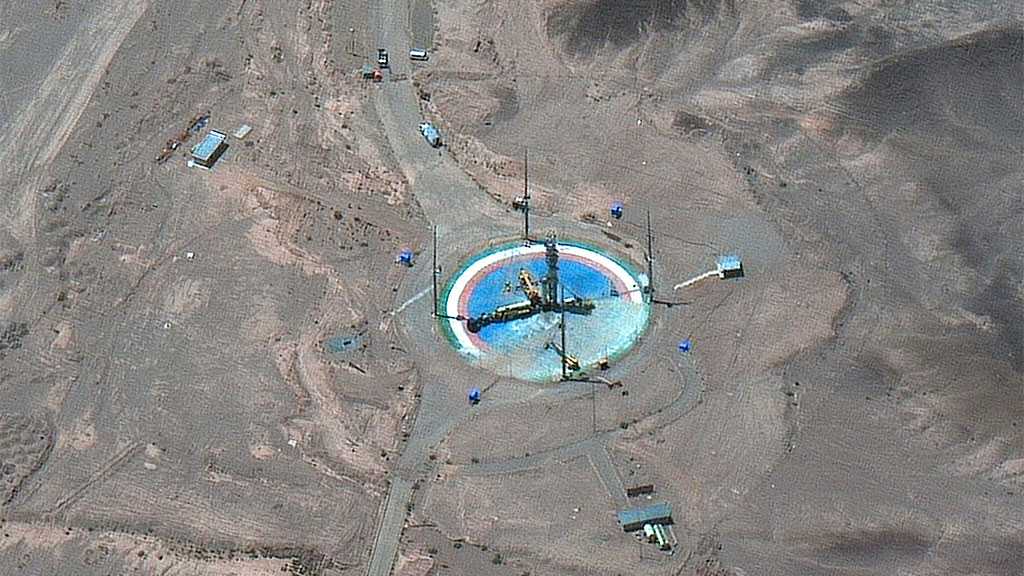
Iran Marks National Day of Space Technology

By Staff, Agencies
Iran is among the nine countries in the world that has successfully launched a satellite independently.
Iran is the ninth country in the world after the Soviet Union, the United States, France, Japan, China, the United Kingdom, India and the Zionist regime that has successfully launched a satellite independently.
Since 2005, Iran has joined the club of space countries by sending the Sina-1 satellite, which was sent into orbit with the help of Russia. Since then, the Iranian Space Agency has put planning for the use of space and the expansion of space technologies in the country using local knowledge and international cooperation on the agenda.
Then, Iran was able to move towards launching satellites in addition to designing and building them by creating scientific infrastructures which were achieved by developing space launch terminals.
In addition to the development of space launch terminals, the development of satellite carriers has also been effective in achieving the country's cycle of designing and producing indigenous satellites.
The ‘Safir’ satellite carrier was designed and built in 2008 and the ‘Simorgh’ satellite carrier was in 2017. ‘Sarir’ and ‘Soroush’ satellite carriers also added to the space technology of the country.
Iran managed to launch several satellites with this equipment, some of which were successful and some of which were unsuccessful.
‘Sina-1’ is the first Iranian artificial satellite, launched at 6:52 UTC on October 28, 2005, on board a Cosmos-3M Russian launch vehicle from the Plesetsk Cosmodrome. Remote sensing, receiving, storing and sending telecommunication data were the two missions of this satellite.
Iran launched its first homemade satellite, ‘Omid’ [Hope], in 2009. After being launched by an Iranian-made carrier rocket, Safir 1, the satellite was placed into a low Earth orbit. Omid was a data-processing satellite for research and telecommunications. The launch, which coincided with the 30th anniversary of the Islamic Revolution was also verified by NASA the following day as a success. The launch of Omid made Iran the ninth country to develop an indigenous satellite launch capability.
Comments
- Related News

Raisi: Palestinian Resistance Astonished The World
4 months ago

